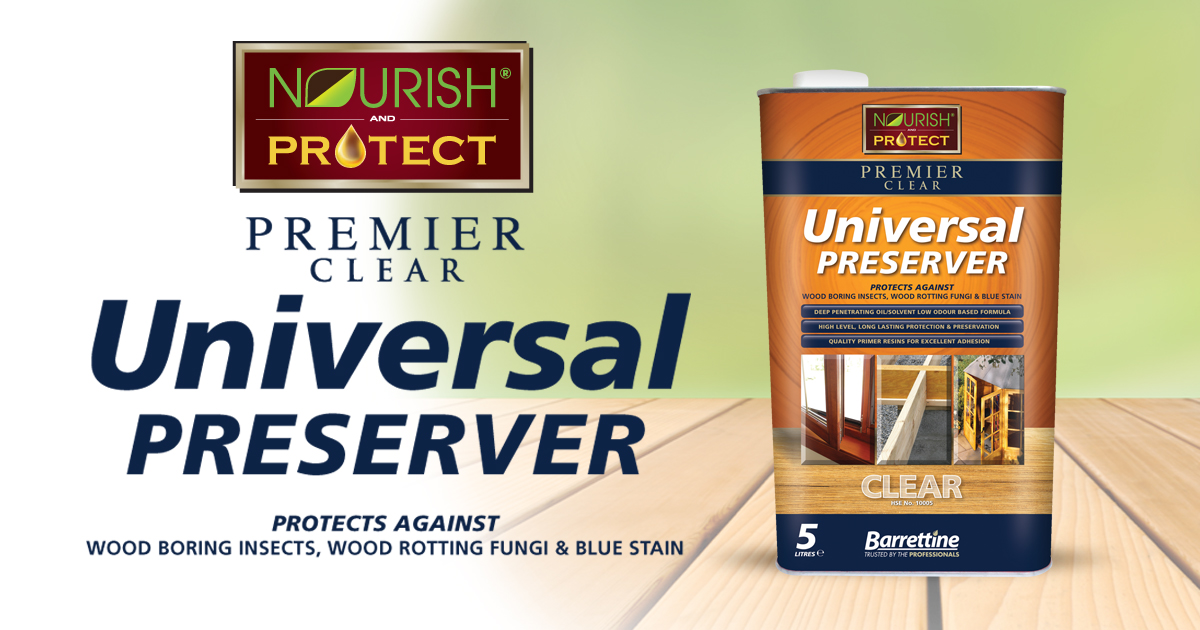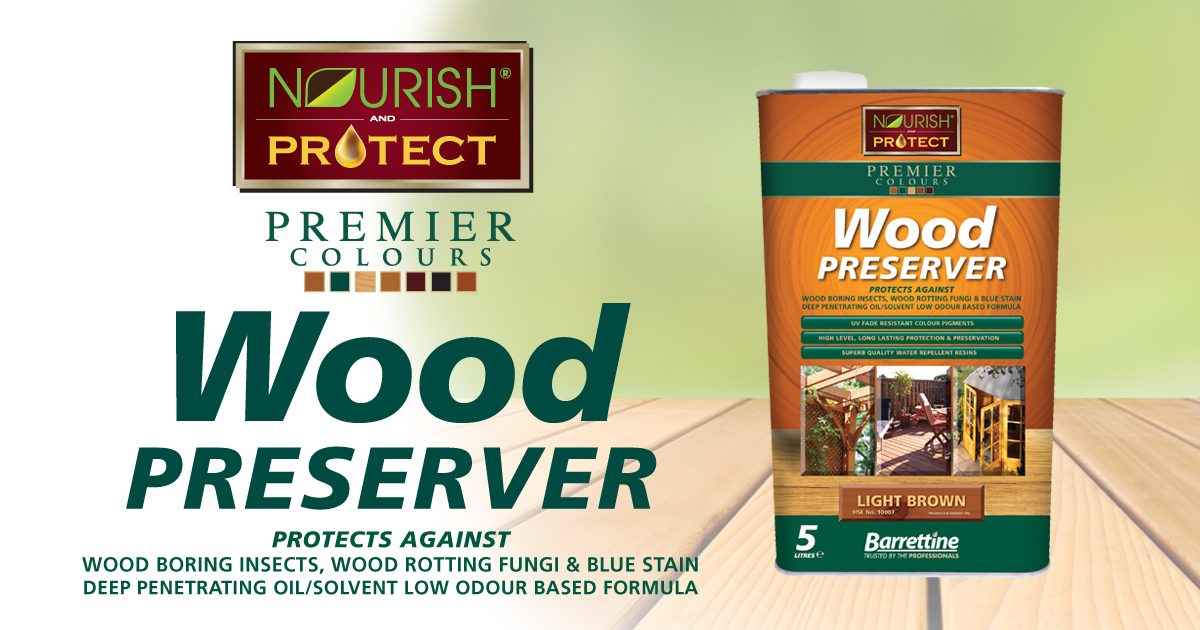Hi,
About a week ago i had my underfloor joists treated with Barretine Wood Preserver product as i had a damp problem thats now been sorted.
one of these

 www.barrettinepro.co.uk
www.barrettinepro.co.uk

 www.barrettinepro.co.uk
www.barrettinepro.co.uk
both state it can be used indoors in un-lived in areas (loft and underfloor).
When it was first applied there was obviously a strong odor in the house (had some floor taken up to fix some other damp issues so a lot of the smell will come straight out of the hole). At first the smell was obviously quite strong in the house i left a few windows open and after a couple of days it doesn't smell really. When i go near the hole in floor you can still smell it a bit but still not as strong as when applied. Also smells a bit in living room as skirting was never sealed due to damp issue to let air vent in so obviously some vapor is coming through there too. (I can now seal the gap between the floor and the skirting when i get chance but haven't gotten round to it yet). I have opened the windows around the house for the first few days then when the odor was hardly there i closed some windows. I have now had to reopen them as i noticed when i use the oven or gas hobs or even the toaster i can smell a sort of melting plastics smell, when you go closer to the heat source is smells like petrol / diesel and is quite strong.
I tested this with a lighter outside the house smelling the flame there is no smell, enter the house and immediately a petrol / diesel smell from the flame.
I am concerned about cooking or having gas on now, I don't feel its safe to cook food if there is chemical vapor around my home, i also have a young child so am feeling like they shouldn't be in the house ? The house is also freezing as windows are open everywhere. Am i overthinking it or is this dangerous ?
Its been about a week and still smelling this when there is a heat source.
Does anybody have any experience with similar or know how long this will take to disperse ?
About a week ago i had my underfloor joists treated with Barretine Wood Preserver product as i had a damp problem thats now been sorted.
one of these

Nourish & Protect Universal Preserver | Barrettine Products
A ‘colourless’ high-quality, low odour Oil/Spirit wood preservative that is deep penetrating. This wax-free primer Wood Preservative is used for wood protection against wood destroying fungi (wet rot), wood discolouring fungi and wood boring insects.

Barrettine Wood Preserver | Barrettine Products
High quality low odour solvent based, deep penetrating preservative for protection against wood destroying fungi, wood discolouring fungi and wood boring insects.
both state it can be used indoors in un-lived in areas (loft and underfloor).
When it was first applied there was obviously a strong odor in the house (had some floor taken up to fix some other damp issues so a lot of the smell will come straight out of the hole). At first the smell was obviously quite strong in the house i left a few windows open and after a couple of days it doesn't smell really. When i go near the hole in floor you can still smell it a bit but still not as strong as when applied. Also smells a bit in living room as skirting was never sealed due to damp issue to let air vent in so obviously some vapor is coming through there too. (I can now seal the gap between the floor and the skirting when i get chance but haven't gotten round to it yet). I have opened the windows around the house for the first few days then when the odor was hardly there i closed some windows. I have now had to reopen them as i noticed when i use the oven or gas hobs or even the toaster i can smell a sort of melting plastics smell, when you go closer to the heat source is smells like petrol / diesel and is quite strong.
I tested this with a lighter outside the house smelling the flame there is no smell, enter the house and immediately a petrol / diesel smell from the flame.
I am concerned about cooking or having gas on now, I don't feel its safe to cook food if there is chemical vapor around my home, i also have a young child so am feeling like they shouldn't be in the house ? The house is also freezing as windows are open everywhere. Am i overthinking it or is this dangerous ?
Its been about a week and still smelling this when there is a heat source.
Does anybody have any experience with similar or know how long this will take to disperse ?
Last edited:

